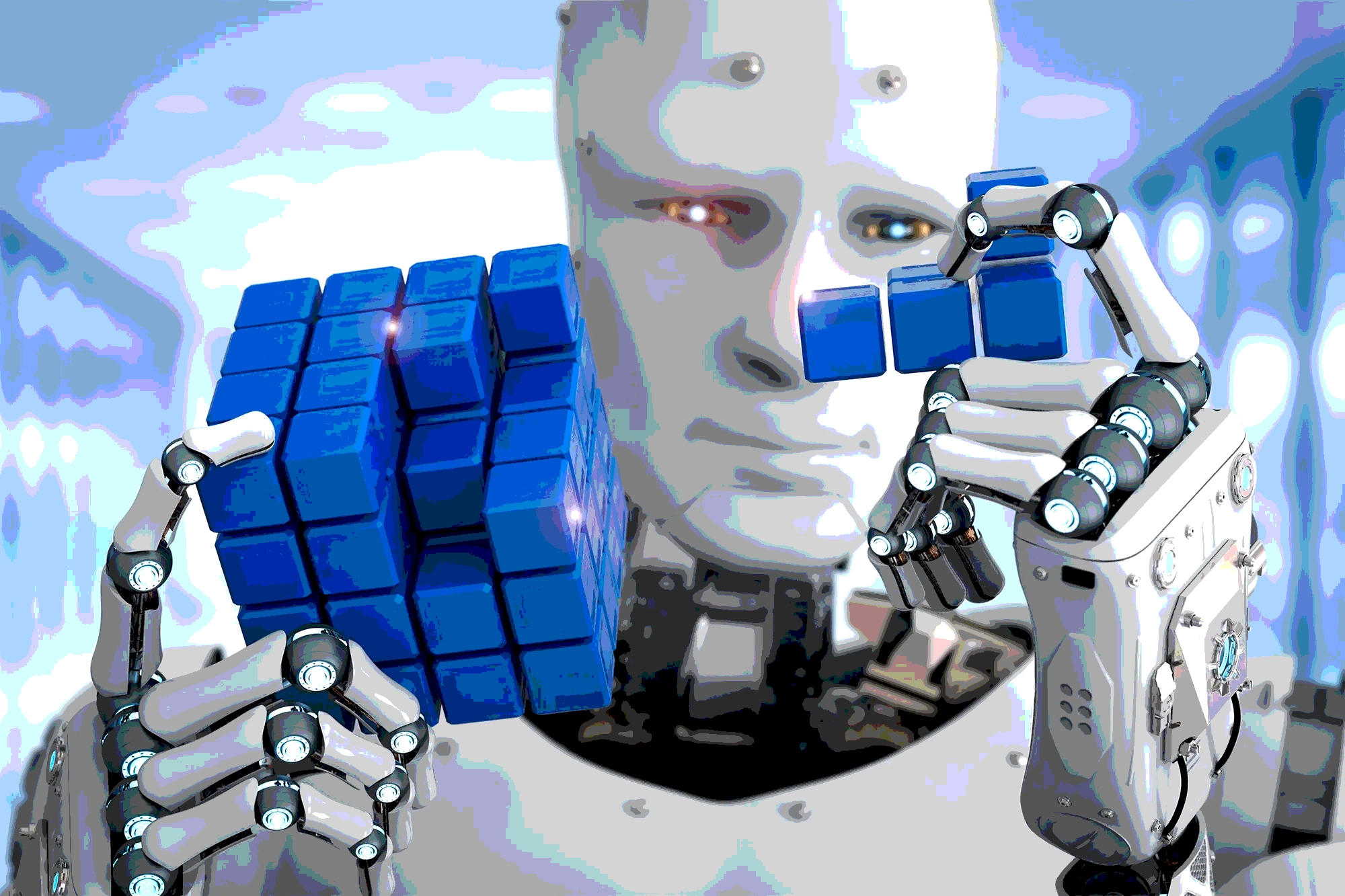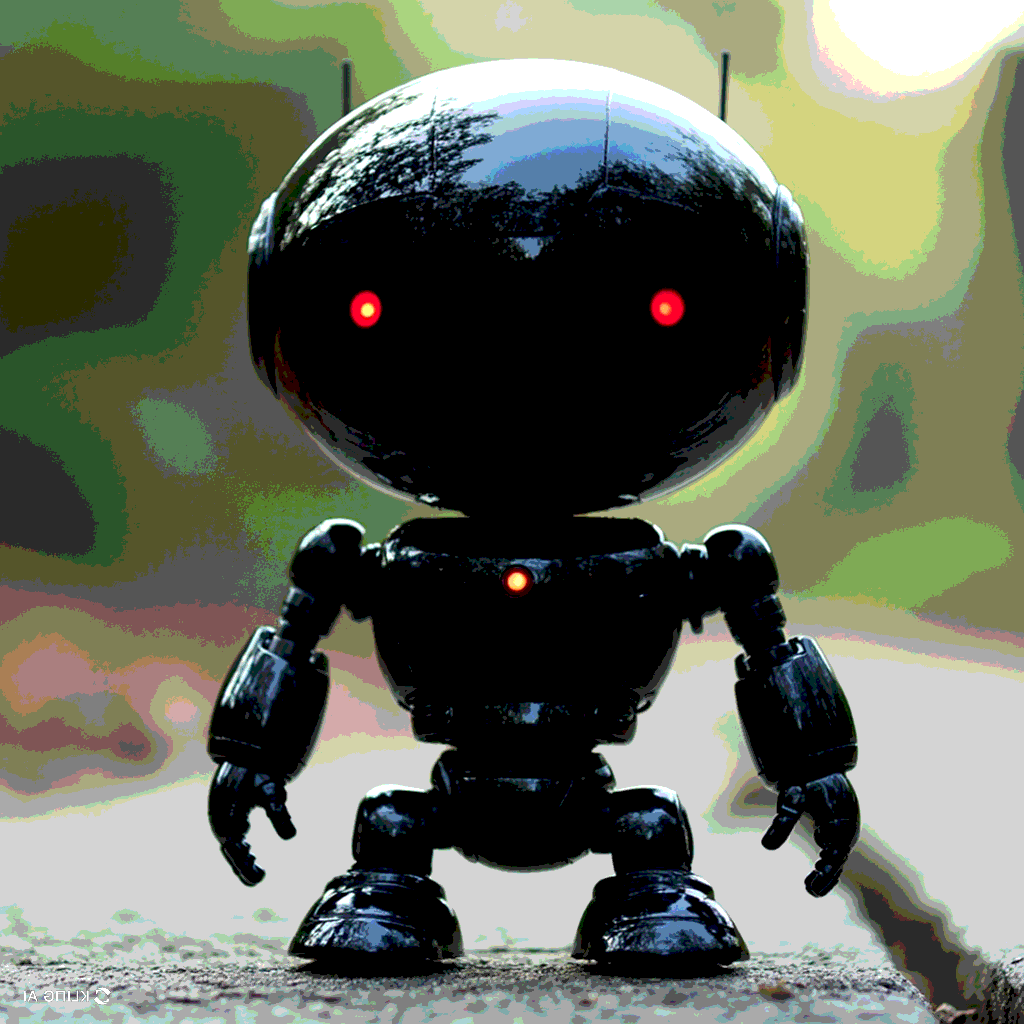Jamil Wormald
Hello! In this blog, I aim to share with you my knowledge, experiences, and ideas about parenting. An important part of my blog are stories and anecdotes from my own practice that will help you improve your parenting skills.
The Evolution of Robot Toys: Simplicity to Intelligence
34903 27

Introduction to Robot Toys
Robot toys have captured the imagination of children and adults alike for decades. These toys, which began as simple mechanical devices, have evolved into highly interactive, intelligent creations that combine fun and education. In this article, we will explore the history of robot toys, how they have changed over time, and the exciting future that lies ahead.
The Origins of Robot Toys
The concept of robotic toys dates back to the early 20th century, when engineers began experimenting with mechanical devices that could mimic human movement. These early prototypes were often wind-up toys, powered by springs or gears. Although rudimentary in design, these toys provided children with their first experiences of machines that could move or perform simple tasks. They were far from "robots" in the sense we understand today, but they laid the groundwork for future advancements.
The Rise of Electronic Robot Toys
By the 1960s and 1970s, technological advancements led to the introduction of electronic robot toys. These toys incorporated basic electronics, allowing them to move, make sounds, and interact with their environment in ways that were previously impossible. Toys like early remote-controlled robots and programmable devices began to appear, sparking interest in the idea of machines that could respond to commands or even follow predetermined paths.
The Integration of Artificial Intelligence
In recent decades, robot toys have become more sophisticated, thanks in large part to the integration of artificial intelligence (AI). Modern robot toys are capable of understanding and responding to commands, adjusting their behavior based on interactions, and even learning from their environment. This leap in technology has made robot toys not only more entertaining but also more educational, as children can engage with them in ways that promote problem-solving and creativity.
Educational Value of Robot Toys
One of the most significant shifts in the development of robot toys is their increasing educational value. Many modern robot toys are designed to teach children the basics of coding, robotics, and engineering principles. By programming or building their own robots, children develop valuable skills that can serve them in the future. This educational aspect has made robot toys popular tools for STEM (science, technology, engineering, and math) learning.
The Appeal of Interactive Features
The interactive nature of modern robot toys is another key factor in their appeal. Many robot toys today can engage in conversations, recognize faces, and even respond to emotions. Some are equipped with sensors that allow them to navigate obstacles or perform tasks autonomously. This level of interactivity makes these toys far more engaging than traditional toys, as children can build relationships with them and watch them grow in complexity.

Challenges and Considerations in Robot Toy Development
While robot toys have come a long way, there are still challenges to overcome in their development. Battery life, durability, and safety are important factors that designers must consider when creating these toys. Additionally, ensuring that robot toys are age-appropriate and accessible for different skill levels remains a critical task for manufacturers.
Looking to the Future
The future of robot toys looks incredibly promising. As technology continues to advance, we can expect even more sophisticated robots that are capable of performing a wider range of tasks and interacting with children in new and exciting ways. The potential for robot toys to teach complex concepts and offer personalized learning experiences will only continue to grow. As we look ahead, it’s clear that robot toys will play an increasingly important role in shaping the way children learn and play.
Conclusion
From simple wind-up figures to highly intelligent, interactive companions, robot toys have undergone a remarkable transformation. Today, they serve not only as sources of entertainment but also as valuable educational tools that inspire creativity, problem-solving, and learning. As technology continues to evolve, we can only imagine the next steps in this fascinating journey.